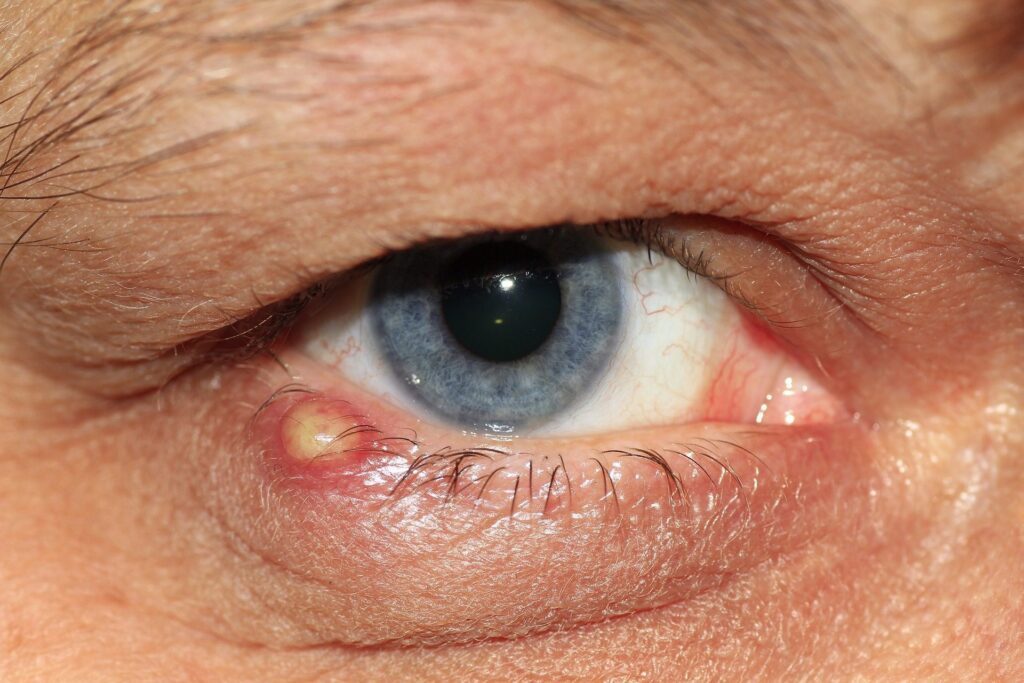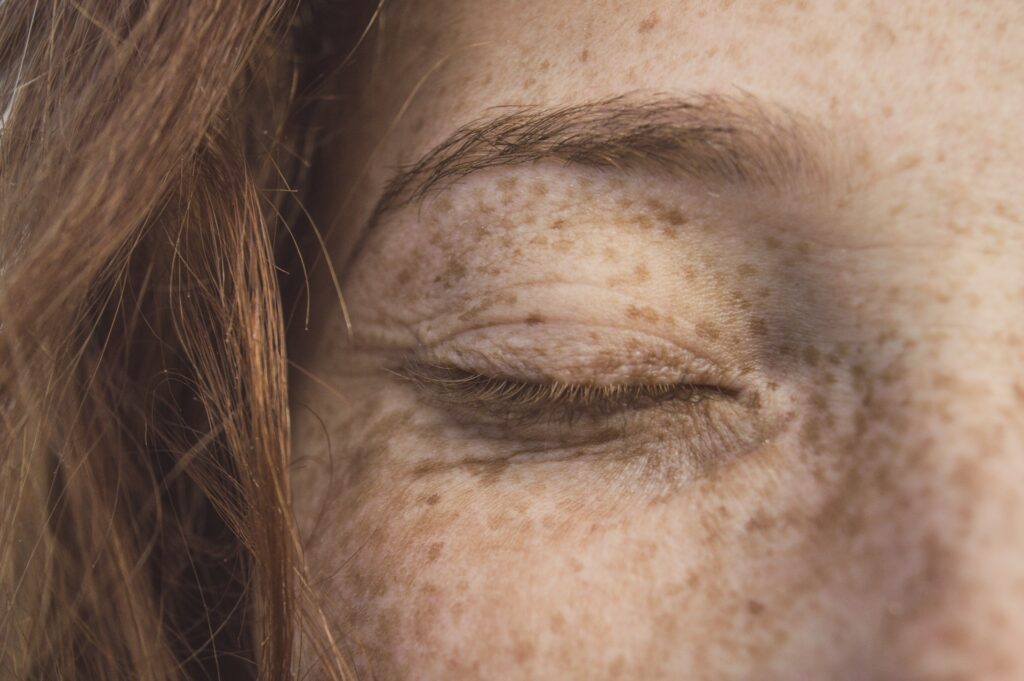A too narrow or too wide eyelid fissure is called eyelid malposition. If the eyelid cannot cover the eye completely, we enlarge the eyelid area through eyelid surgery. In special cases, we can also transplant skin there from another part of the body. If the palpebral fissure is narrowed by a severely drooping eyelid or by excess skin of the eyelid, eyelid elevation or tightening of the excess skin may be necessary. Operations on the eyelids are usually performed under local anesthesia.
Eyelid skin sagging is first of all a normal sign of aging. Sometimes, however, they occur at a young age because there is a hereditary predisposition. During a cosmetic eyelid lift (drooping eyelids), the excess skin is removed through an incision in the crease of the eyelid. If the procedure is performed for cosmetic reasons, it is a frequently requested private service. If defects in the field of vision caused by the drooping eyelids are detectable in you, an application can be made to the statutory health insurance companies for the costs of the operation to be covered. As a rule, eyelid lift is performed on an outpatient basis under local anesthesia.

Eyelid growths are treated differently depending on the cause. In the case of a “chalazion”, the eyelid is surgically opened from the inside, if possible, and the encapsulation is carefully scraped out. A yellowish or protruding fat deposit on the eyelid or the root of the nose is called xanthelasma. It can be removed by laser or, if necessary, surgically. A cold probe is also used for tissue sclerotherapy to prevent new tissue formation. By carefully cooling the eyelids after the procedure, swelling subsides more quickly.
What is trichiasis/distichiasis?
Trichiasis is a misalignment or double row of eyelashes that can cause corneal inflammation. The disturbing eyelashes can either be sclerosed or removed by means of eyelash punches.
What is an ectropion?
An ectropion is an outwardly turned eyelid edge that can cause mild symptoms of a watery eye to severe surface irritation of the eye. The aim of a surgical procedure is to tighten and correctly reposition the edge of the eyelid.
What is entropion?
An entropion is an inwardly turned eyelid edge due to slackening of the eyelid frenulum. The inward rotation of the eyelid edge causes the eyelashes to rub against the surface of the eye and can cause severe inflammation. The aim of a surgical procedure is the correct repositioning of the eyelid edge.
What is ptosis?
Ptosis is drooping of the upper eyelid edge. This can have various causes. Surgery aims to lift the sagging eyelid. Depending on the cause of ptosis, different surgical procedures can be chosen.
Correction of eyelid malposition can result in overcorrection or undercorrection in exceptional cases. Bleeding, swelling and skin discoloration can also sometimes occur. Most of the time, these disappear again on their own. There may also be an outflow obstruction of the tear fluid. A very dry or watery eye would be the result. As with other eye surgery, circulatory shock is possible if the patient has an allergic reaction. Therefore, the same applies to eyelid surgery: Good preparation and aftercare are essential. With us, they are in the best hands.
After surgery, patients may have limited vision and are therefore not allowed to actively participate in road traffic. Please make sure you are picked up in advance. Operating heavy machinery and performing hazardous activities after eye surgery is also prohibited. Please note that sick leave is not available after cosmetic surgery.

The function of the eyelids
The eyelids serve to protect and moisten the eyes. By “blinking” with the eyelids and moistening by the lacrimal glands, the healthy eye remains functional. Problems can be caused by misalignment of the eyelids. Tumors may also form and need to be removed. Eyelid surgery is also often performed for cosmetic reasons. The goal is then an eyelid lift if, for example, drooping eyelids narrow the field of vision and cause a tired facial expression.